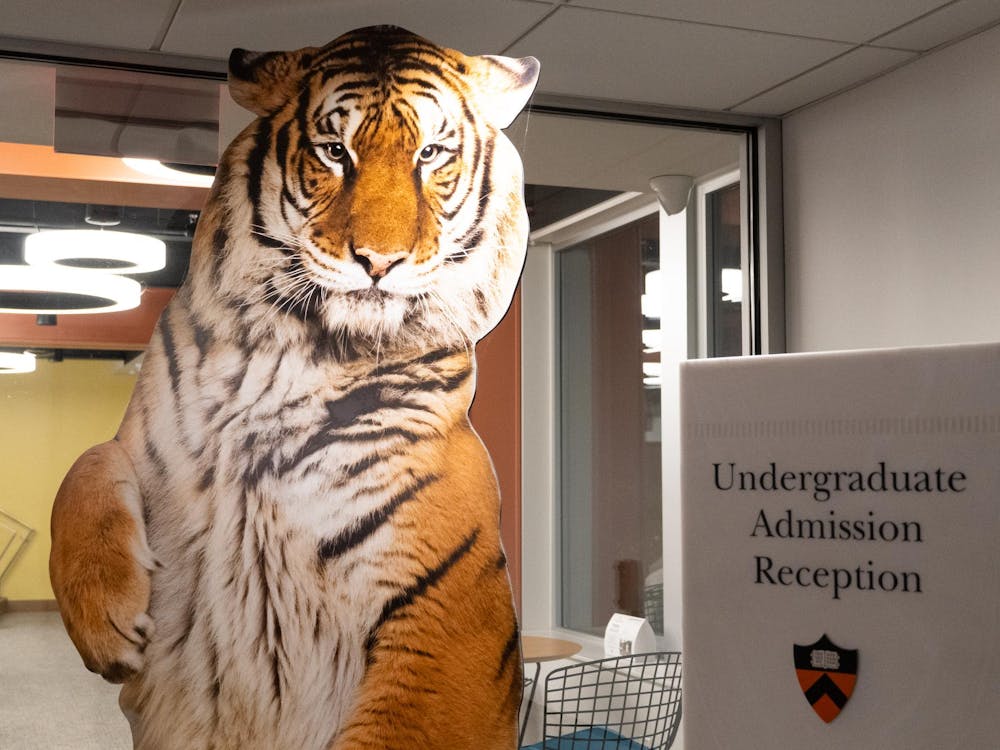When Princeton astrophysics professor Edwin Turner and Harvard astronomy professor Abraham Loeb traveled to a conference in Abu Dhabi last year, they attended a guided tour of Dubai. Neither expected that this trip would mark the birth of a new idea that may revolutionize modern astrobiology and the search for extraterrestrial intelligent life.
“The tour guide was bragging that Dubai is so bright at night that you can see it from space,” Loeb said in an interview. “This led us to think, if we can actually locate a city the size of Tokyo or Dubai from space, how far away could we still see it from an existing telescope?”
Furthermore, they reasoned, if telescopes can be used to see city lights on Earth, can they be used to detect artificial illumination from alien civilizations as well?
Loeb and Turner said they originally left the idea on the back burner, questioning its feasibility. However, they added that they were inspired to take another look at it recently with the encouragement of Freeman Dyson, a physicist and former professor at the Institute for Advanced Study.
“[Dyson] advised us to write it up. [Turner] and I then came across the idea to distinguish sunlight-illuminated objects from artificially illuminated objects. At that point, it was clear that we could make a scientific paper out of this,” Loeb said.
The pair quickly developed a mathematical algorithm to determine the source of illumination emanating from a planet in the solar system by analyzing how its brightness varies with its distance from the Sun. Any artificial illumination could be attributed to the presence of an extraterrestrial civilization.
The findings are detailed in a paper titled “Detection Technique for Artificially-Illuminated Objects in the Outer Solar System and Beyond,” which has been submitted for publication in the journal Astrobiology.
The research mostly focuses on planets within the solar system, particularly in the Kuiper Belt, a region occupied by thousands of icy bodies, including Pluto. The paper concluded that existing telescopes and surveys could detect artificial illumination at the outskirts of the solar system without additional resources.
While the algorithm could also be adapted to exoplanets, today’s best telescopes do not yet contain the technology required to collect relevant data at such great distances, according to the paper.
Both Turner and Loeb said they realized that their findings mark a bold shift from conventional strategies used in the modern search for extraterrestrial life. Nevertheless, they said they hope that the scientific community will set aside existing prejudices and welcome this innovative proposal.
“Radio was then and is still our most sensitive way to search for these possible or hypothetical aliens, but the thought behind our paper is that we should look in every single way that we can. Optical emission might be a more long-term feature to study,” Turner explained in an interview.
Loeb said that too many research foundations are bogged down by prejudices that tie them to conservative mainstream trends and make them risk-averse.

“I believe that agencies like NASA should allocate a certain fraction of their funds to projects that they cannot necessarily forecast. Without taking risks, you can never make breakthroughs. You must embark on new territories that allow you to innovate,” Loeb added. “Right now, I know that if I applied for funding from NSF or NASA, it would be quite difficult, so I am not even trying.”
The paper was leaked unexpectedly over two weeks ago from the private research archive where it was posted prior to its formal publication.
“Since the paper is still under review for publication, the whole course of the media coverage has been a little bit irregular,” Turner said. “Certainly, proposals of extraterrestrial life in the past have been met with great hostility. It sounds so much like a Hollywood science fiction movie that I wouldn’t have been surprised.”
However, the reaction from the scientific community has generally been positive so far. Loeb described feedback from his colleagues as “collegial” and “supportive.”
“I was worried at first that some people in the scientific community would say that they are embarrassed by this. I was also worried that we would get emails from crazy people who would claim that they saw UFOs and something. To my surprise, both of these did not happen,” he noted.
Looking forward, Turner said, it will be at least a decade before enough data will have been collected by telescopes and surveys for formal implementation of this research to begin on the Kuiper Belt.
Turner said he is skeptical that artificial illumination even exists in this region, but he added that he does not think such speculation should hinder the progress of the research.
“It’s very unlikely that there are alien cities on the edge of our solar system, but the principle of science is to find a method to check,” he said in a statement released by the Univeristy.
“I think looking for primitive life within the solar system is more likely to happen sooner than finding extraterrestrial intelligent civilizations,” he added.
Loeb is the chair of the Harvard Astronomy department and director of the Harvard Institute for Theory and Computation. Turner is the chair of the Board of Governors of the Astrophysical Research Consortium and co-chair of the NAOJ-Princeton Astrophysics Collaboration Council.







